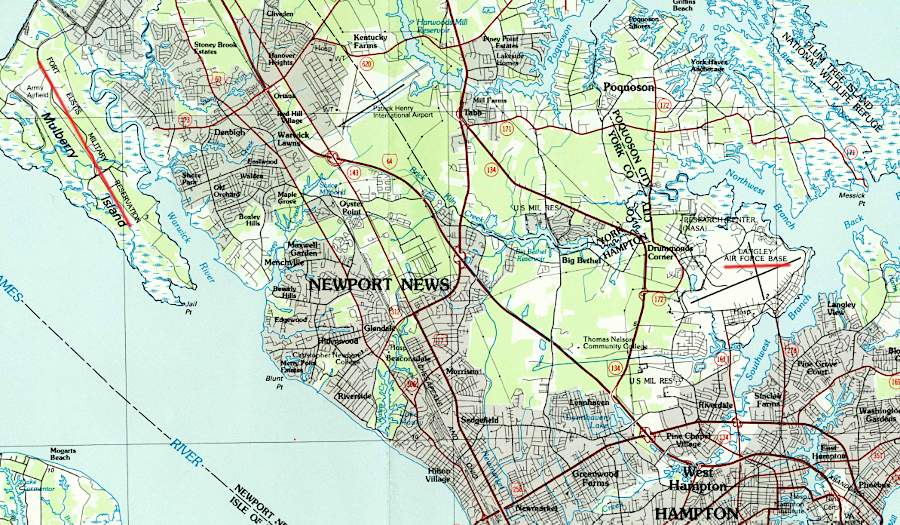
Fort Eustis and Langley Air Force Base were established as independent military bases
Source: US Geological Survey (USGS), Williamsburg VA 1:100,000 scale topographic quadrangle (1984)

Fort Eustis and Langley Air Force Base were established as independent military bases
Source: US Geological Survey (USGS), Williamsburg VA 1:100,000 scale topographic quadrangle (1984)
The US Congress created the National Advisory Committee for Aeronautics (NACA) in 1915, so the United States would be able to compete with European nations which were developing airplane capabilities faster. NACA later evolved into the National Aeronautics and Space Administration (NASA) in 1958.
Langley Field was created in 1916 as the Army's Aviation Experimental Station and Proving Grounds. In 1920, the Langley Aeronautical Laboratory was created, the first civilian aeronautical laboratory in the United States. The facility was named after Dr. Samuel P. Langley, Secretary of the Smithsonian Institution. He had experimented with creating "aerodromes" before the Wright brothers perfected the first successful airplane design for powered flight.
The first US aircraft carrier, not counting boats used to carry and launch hot air balloons in the Civil War, was also named after Langley. The USS Jupiter, built to carry coal, was converted into a carrier starting in 1919.
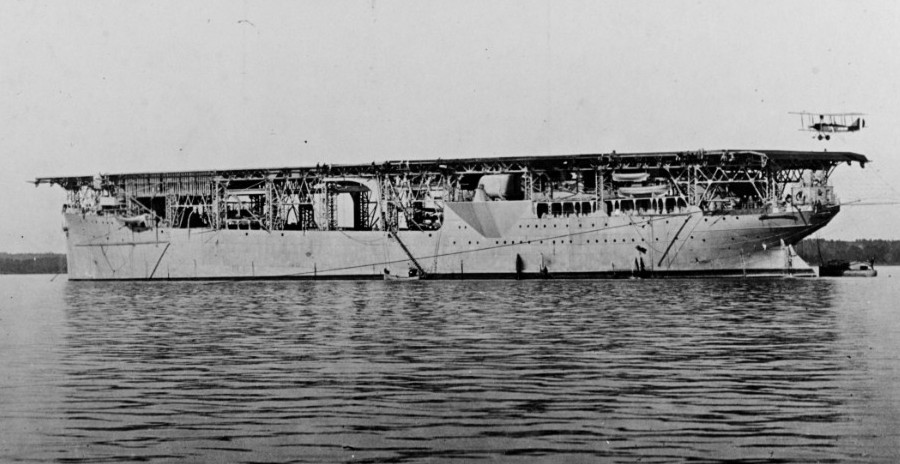
the first US aircraft carrier designed for airplanes was also named after Samuel Pierpont Langley
Source: Naval History and Heritage Command, NH 63545 USS Langley (CV-1)
Wind tunnels were built to test aerodynamics of plane designs, and Langley Field became a center for engineers and scientists. The Variable Density Tunnel built in 1922 to test performance of air foils at different air pressures has been designated as a National Historic Landmark. The National Advisory Committee for Aeronautics (NACA) did not establish a second laboratory until World War II.1
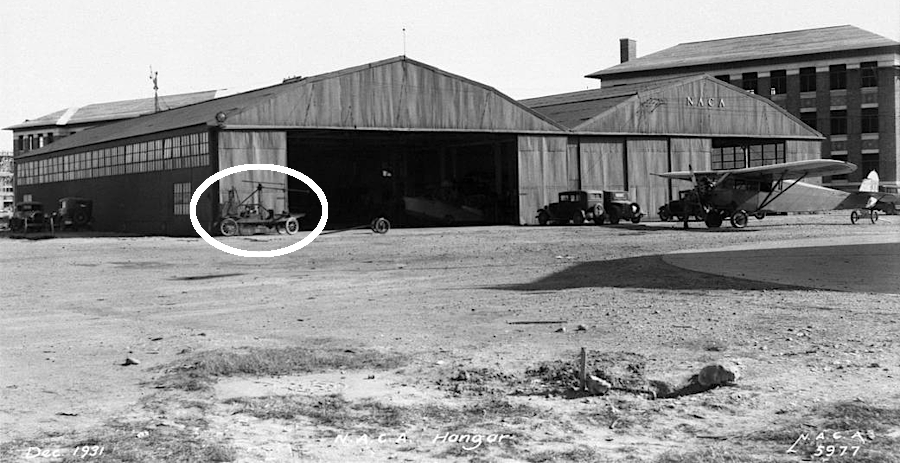
a modified Ford Model A was used to start aircraft propellers at Langley Field in 1931
Source: National Aeronautics and Space Administration (NASA), Before NASA, There was NACA
On September 11, 2001, F-16's were on standby at Langley Air Force Base and Otis Air National Guard Base in Massachusetts as a routine measure for responding to threats in the Northeast Air Defense Sector of the North American Aerospace Defense Command (NORAD). Fighters from the Massachusetts base were scrambled first. Six minutes after United Airlines Flight 175 crashed into the World Trade Center's South Tower, the Langley fighters were placed on battle stations.
The sector commander ordered Langley's fighters into the air at 9:23am, after getting an erroneous report that American Airlines Flight 11 was still flying and was headed towards Washington. In the confusion, NORAD thought perhaps a plane other than Flight 11 had crashed into the World Trade Center North Tower at 8:46am.
The fighters launched at 9:30am. The plan was for them to fly from Langley to Baltimore and intercept Flight 11, but no one instructed the pilots to deviate from normal routine. They flew east and were 150 miles away from the Atlantic Ocean coastline, prepared to deal with a threat from Russia, when American Airlines Flight 77 was flown into the Pentagon at 9:37am. The Langley planes received orders and were capable of shooting down United Flight 93, but it crashed in Pennsylvania at 10:03am.2
Fort Eustis and Langley Air Force Base were consolidated in 2010 as a result of the 2005 Base Realignment and Closure Act. The consolidation created Joint Base Langley-Eustis. The headquarters of the U.S. Army Training and Doctrine Command (TRADOC) moved to Fort Eustis in 2011, after the decision in the 2005 Base Closure and Realignment (BRAC) process to close nearby Fort Monroe. In 2025, the US Army announced that the Training and Doctrine Command headquarters would move again to become part of the Army Transformation Command in Austin, Texas.3
The base launched the F-22 which shot down a Chinese "spy balloon" in 2023, after the balloon had floated east of the coastline and the wreckage could not damage anything on the land.4
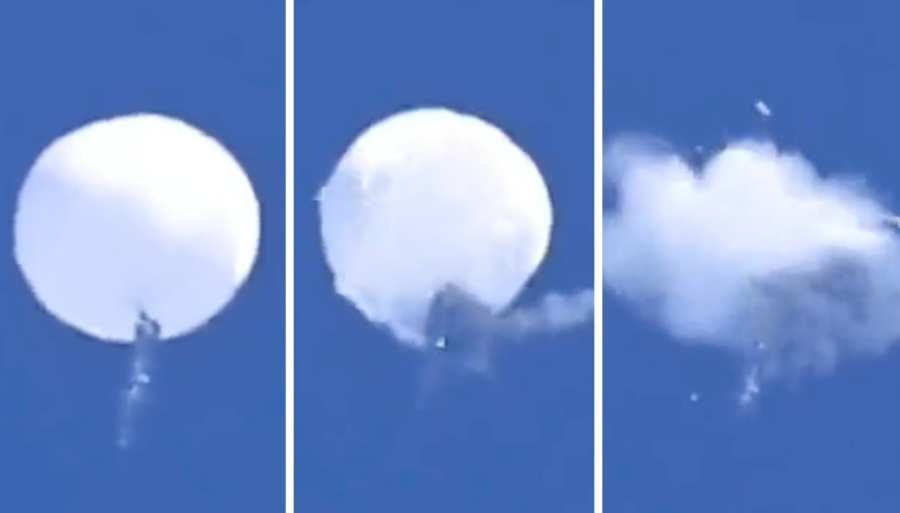
an F-22 from Joint Base Langley-Eustis shot down a Chinese spy balloon in 2023
Source: US Naval Institute, 3 Navy Warships, FBI Now Hunting for Wreckage of Chinese Spy Balloon off South Carolina
In 2018, Hurricane Michael damaged Tyndall Air Force Base in Florida, where training for the F-22 fighter jets was based. In 2020, the Department of Defense announced it would move the 43rd Fighter Squadron and support units so F-22 training would be based at Joint Base Langley-Eustis. The 27th Fighter Squadron and 94th Fighter Squadron, with F-22's, were already stationed there.5
Joint Base Langley-Eustis retained its responsibility for training Army soldiers in military railroad operations, a role held since World War I. A 1,750-horsepower locomotive can transport as many as 120 M1 Abrams tanks, in contrast to the one-tank capacity of trucks and planes. As few as two soldiers can manage a train. Since 2003, the military has used the Fort Eustis Military Railroad to train personnel in loading and unloading of trains. A civilian contractor has provided the engineer and conductor and been responsible for train operations.
A Government Accountability Office (GAO) report in 2021 revealed that military railroad operations had been a low priority for the Department of Defense. The military chose to rely upon commercial railroad companies to move its equipment and personnel in 2015, and reduced the military railroad personnel by 70%. The 800 people in four railroad battalions were consolidated into one 180-person unit, the 757th Expeditionary Rail Center (ERC) in St. Louis.
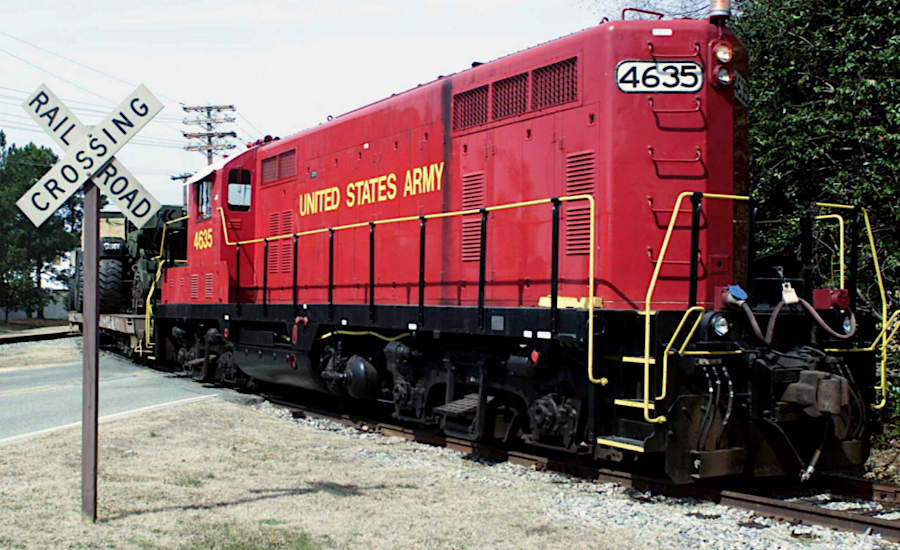
since 2003, civilian contractors have operated trains at Joint Base Eustis-Langley
Source: U.S. National Archives & DVIDS, A US Army railroad locomotive engine is used to move rail equipment at Fort Eustis, VA
That unit was supposed to focus on overseas operations, but was also tasked to provide rail crews for military operations in the United States. Of the over 120 military installations that require rail service, 60 are US Army bases linked to the 33,000 miles identified as the "Strategic Rail Corridor Network" to provide transportation to ports for overseas shipment. The 22 miles of the Fort Eustis Military Railroad, built originally in 1918, connect to the CSX Lee Hall one mile past the installation's entrance gate.
The Government Accountability Office determined that nearly 60% of railroad track connecting military bases to the network had been classified as "red track," closed to traffic due to defects, over the last five years. The report recommended an increased level of attention to quality control and assessment of the need for personnel qualified to handle anticipated railroad needs.The Chesapeake Bay: Avenue for Attack
Fort Eustis
Hampton
James River Reserve Fleet
Langley Research Center
Military Bases in Virginia
Was the First Successful Airplane Tested at Chopawamsic Island, Virginia?

F-22's at Joint Base Langley-Eustis
Source: Joint Base Langley-Eustis
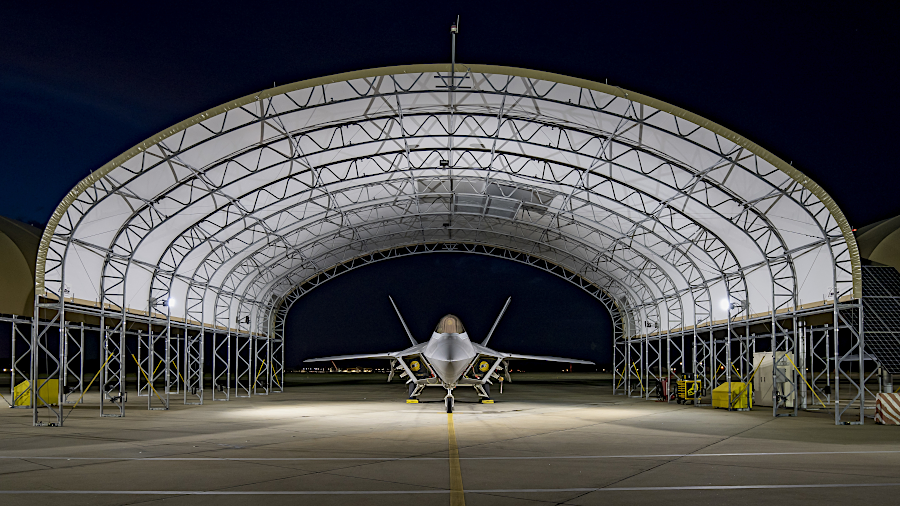
night maintenance of F-22 at Joint Base Langley-Eustis
Source: Joint Base Langley-Eustis

satellite communications on land and sea are improved through joint operations by all sectors of the military
Source: Joint Base Langley-Eustis
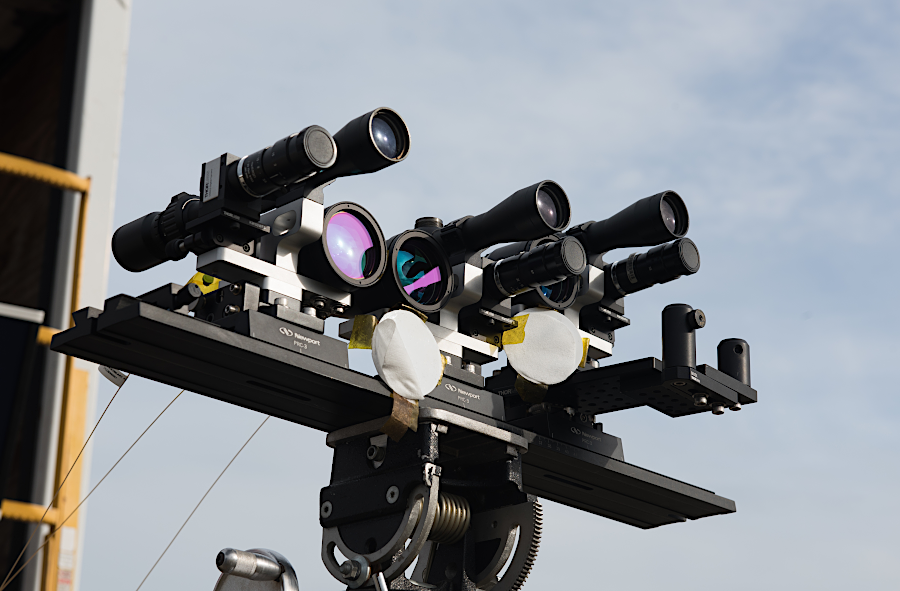
the NASA Langley Research Center used Joint Base Langley-Eustis to test lasers for landing astronauts on the moon again in the 2020's
Source: Joint Base Langley-Eustis
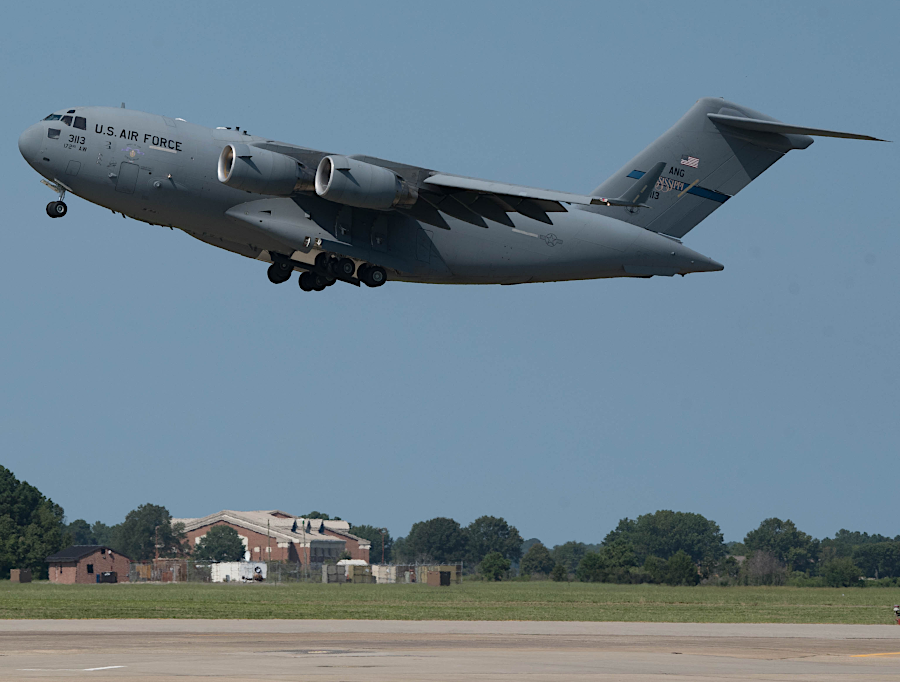
US Air Force C-17 Globemaster III transporting vehicles in a 2019 training exercise involving National Guard, Army, Navy, and Air Force
Source: Joint Base Langley-Eustis
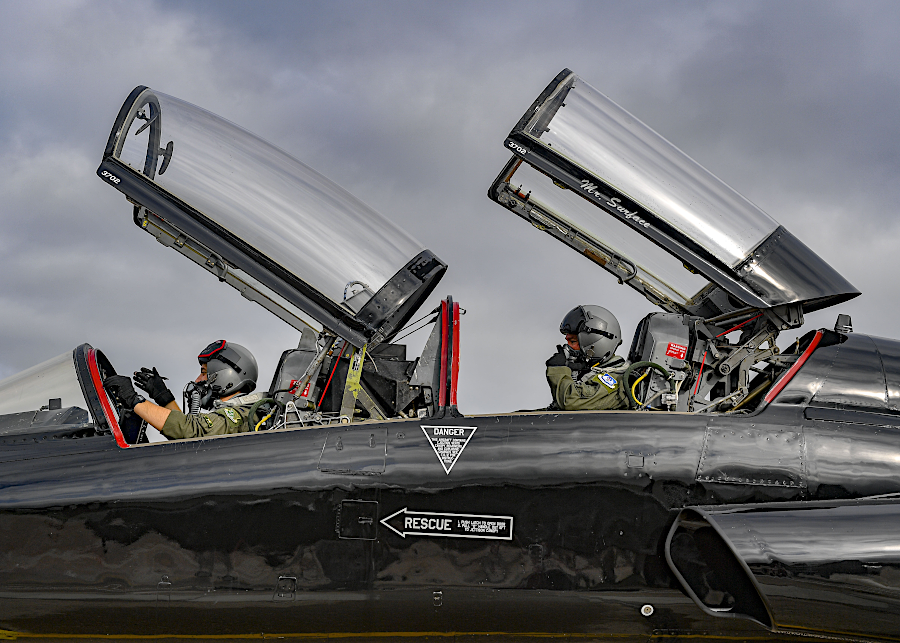
T-38 Talon aircraft are used for training pilots at Joint Base Langley-Eustis
Source: Joint Base Langley-Eustis
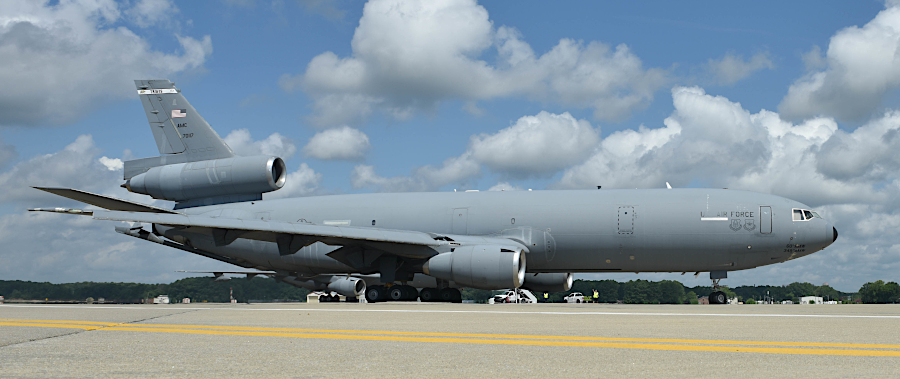
KC-10 preparing to fly passengers and equipment from Joint Base Langley-Eustis to Nevada
Source: Joint Base Langley-Eustis
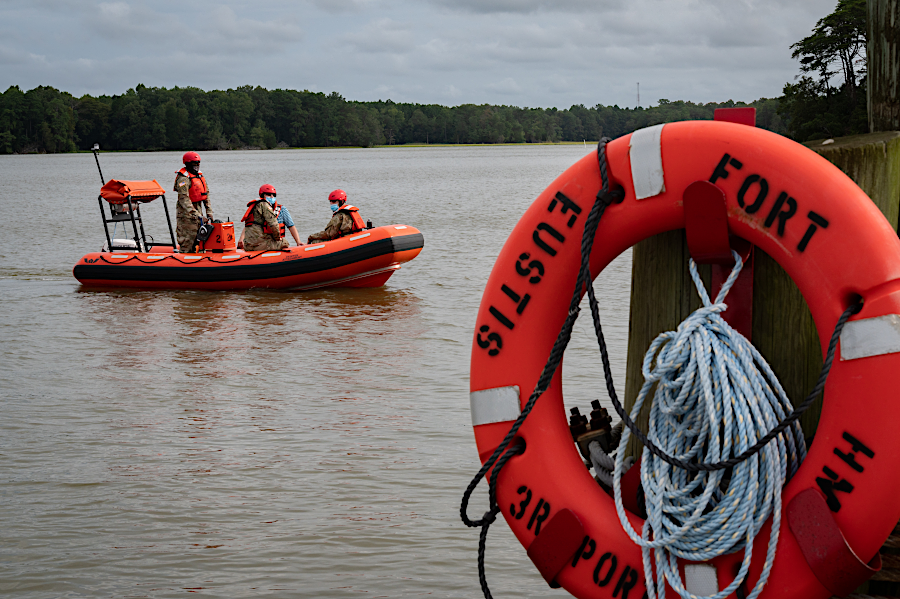
the U.S. Army's Maritime Training Division provides fast-boat training at Joint Base Langley-Eustis
Source: US Geological Survey (USGS), Training a Seaworthy Force
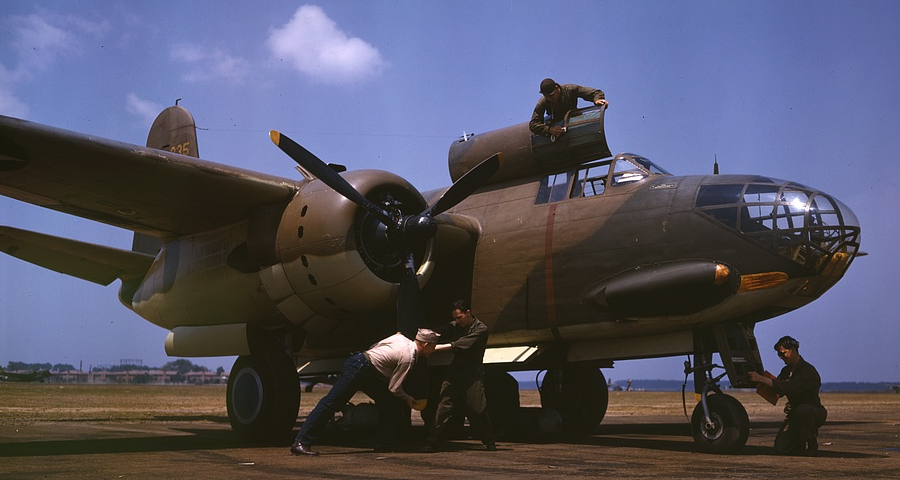
Langley Field in 1942
Source: Library of Congress, Servicing [an] A-20 bomber, Langley Field, Va (1942)